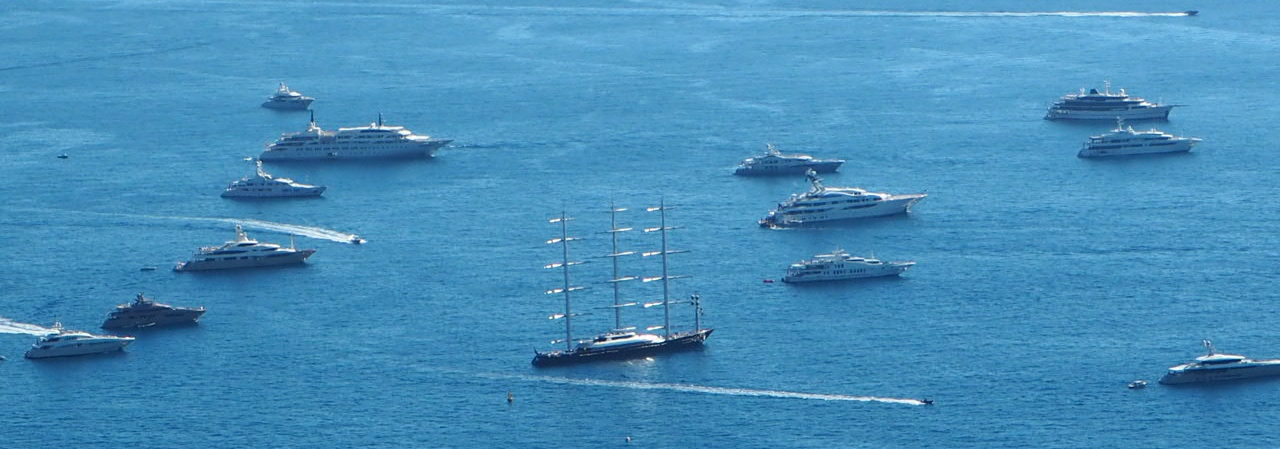If the yacht sails in the territorial waters of the European Union, you should remember to pay the value added tax (VAT). The VAT payment will also be related to the prior selection of the flag state, the yacht ownership structure and the place of tax residence of the yacht owner. I wrote more about it here .
The EU’s Sixth VAT Directive was amended in 1993. One of the amendments introduced at that time states that all yachts owned by an EU tax resident who use the yacht in EU waters must pay VAT. This will not be the case if the yacht is exempt from VAT, then the owner should have proof of VAT exemption on board the yacht. You can find more about VAT here .
Failure to comply with EU VAT rules can have serious consequences for the yacht and its owners. These may include detention or seizure of the yacht or severe financial penalties. Therefore, it is important that the yacht complies with all regulations and has the right ownership structure.
Yacht temporary clearance procedure
Non-EU tax resident yacht owners wishing to sail their yacht in EU waters for private purposes can temporarily bring their yacht into the EU free of duty or VAT. In this situation, the yacht should use the „Temporary Admission Procedure” (TI) with the possibility to sail in EU waters for up to 18 months.
When the period of 18 months ends, the boat should move away from EU territorial waters. In official sailing jargon, this period is called the „discharging period”. The sailing of the yacht from the EU customs territory is usually a way to end or „release” from the temporary admission procedure. If the yacht does not depart before this time, the payment of duty and VAT will become due.
The yacht is temporarily arriving in the EU and not specifically in one of the Member States. In this way, it can pass from one Member State to another without further customs formalities within the allowed period of 18 months. After 18 months, the yacht must be exported before re-entering the EU under the same rules.
How can a yacht be placed under the temporary admission procedure?
In fact, it is enough for a yacht to cross the border of the EU customs territory is generally sufficient. The yacht may be required to use a route specified by EU Customs. Then the owner of the yacht will have to submit a customs declaration. Customs authorities may also require some form of security or guarantee to cover customs duties and VAT which will become payable if the yacht does not leave the European Union within 18 months.
How long can a yacht placed under the temporary admission procedure stay in the EU?
Normally you can use a yacht in the EU for a year and a half. Technically, the time limit for using private sea and inland waterway transport is 18 months. This is defined in Art. 217 lit. e) Commission Delegated Regulation (EU) 2015/2446 (UCC-DA) .
Can 18 months be extended if the yacht is not used?
It is possible to extend this period, but only in exceptional circumstances specified in art. 251 sec. 3 of the Union Customs Code (UCC).
Can you benefit from another period of temporary admission? How long you have to wait?
Yes, you can take advantage of another temporary admission period. You can sail a yacht from the EU
and when you return you can start a new temporary admission period. There is no „minimum period” in the Customs Regulations during which the yacht must remain outside of Customs
territory of the Union.
Temporary admission procedure – regulations
Legal provisions on temporary admission can be found in:
- article 250-253 of the Union Customs Code (Regulation (EU) No 952/2013 of the European Parliament and of the Council of 9 October 2013 laying down the Union Customs Code);
- article 207 – 217 of Commission Delegated Regulation (EU) 2015/2446 of July 28, 2015.
Important – temporary admission procedure
This entry is only a simple explanation of the law regarding the temporary clearance procedure and it is not exhaustive. This information cannot be quoted as conclusive on a case-by-case basis.


